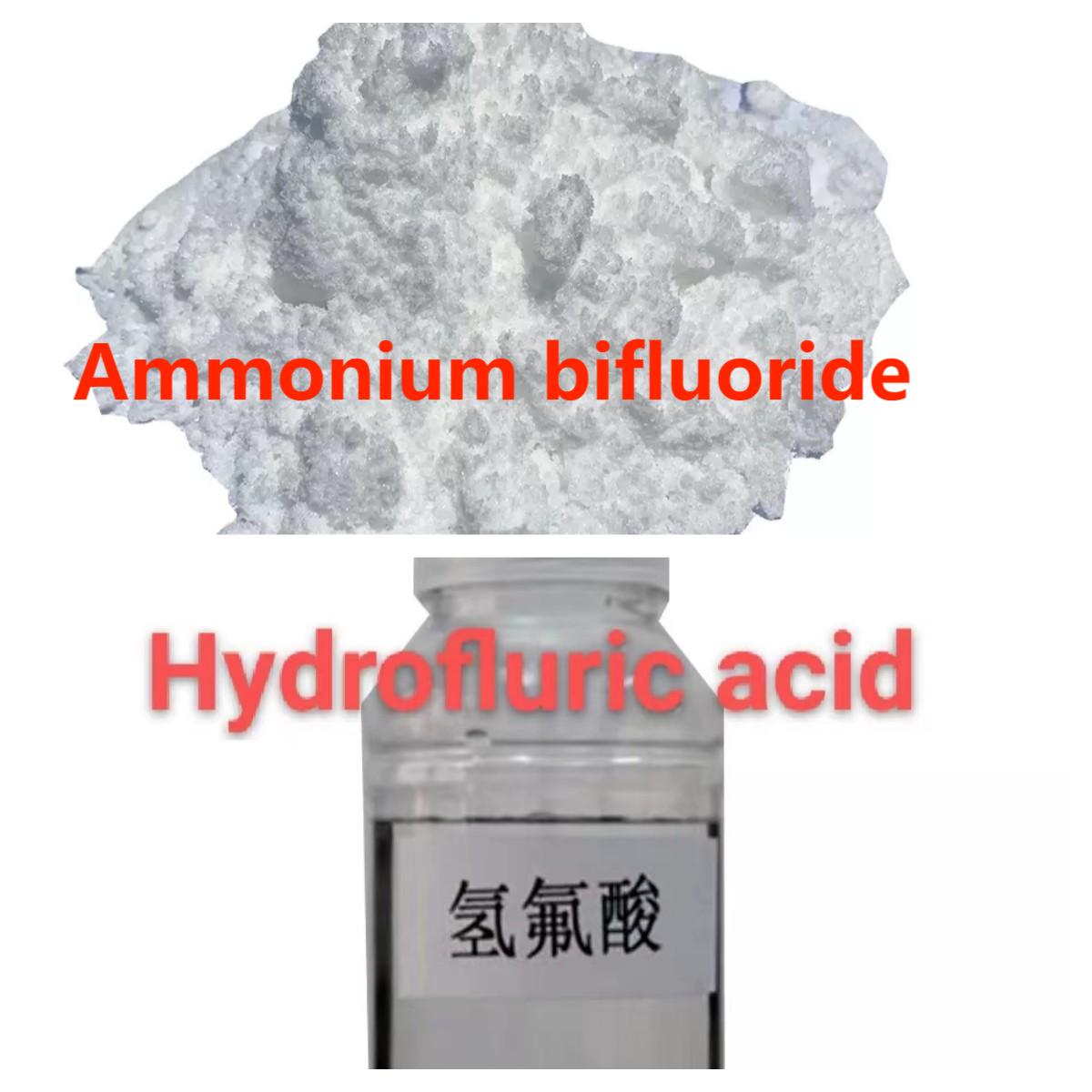Ammonium Bifluoride Or Hydrofluoric Acid, Which Is Safer
Ammonium bifluoride (ABF) is generally considered safer to handle and use compared to hydrofluoric acid (HF). However, it's important to note that while ABF is less aggressive and less immediately toxic than HF, it still poses health risks and requires proper handling and safety precautions.
Here are some points of comparison between Ammonium Bifluoride and Hydrofluoric Acid:
1.Corrosiveness: HF is highly corrosive and can cause severe burns upon contact with the skin. It easily penetrates tissues and reacts with calcium in the body, leading to deep tissue damage and potential systemic toxicity. ABF is less aggressive and doesn't penetrate the skin as readily as HF, causing less immediate damage. However, prolonged exposure to ABF can still cause skin and respiratory irritation.
2.Toxicity: HF is considered more toxic than ABF. HF exposure can lead to systemic fluoride poisoning, affecting various organs and potentially causing severe health issues. ABF, while less toxic, can still cause harmful health effects if exposure occurs, particularly when inhaled or ingested.
3.Handling and Storage: Both chemicals require careful handling and storage. However, due to its lower reactivity and lower risk of skin penetration, ABF is generally easier to handle and transport safely compared to HF.
4.Environmental Impact: Both HF and ABF can have negative environmental impacts if not managed properly. Spills of either substance can contaminate soil and water, causing harm to the environment.
